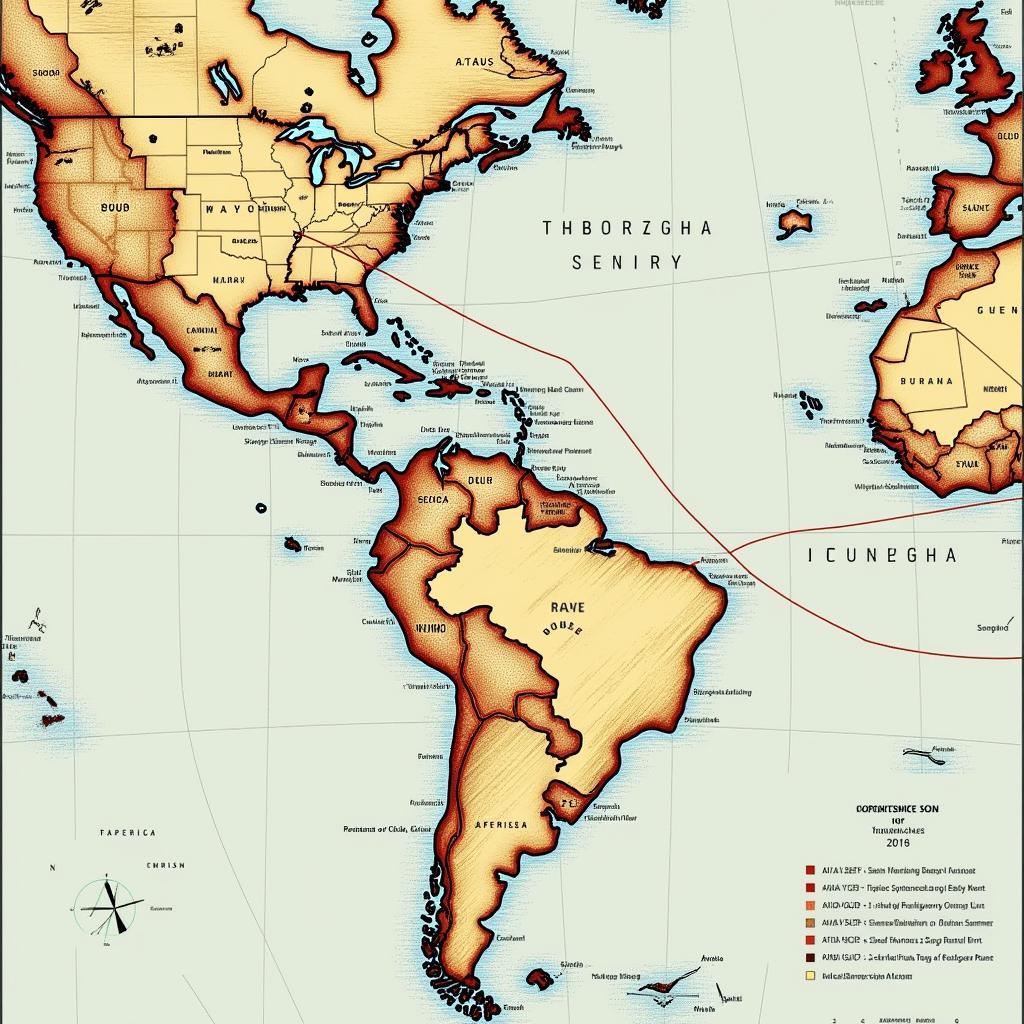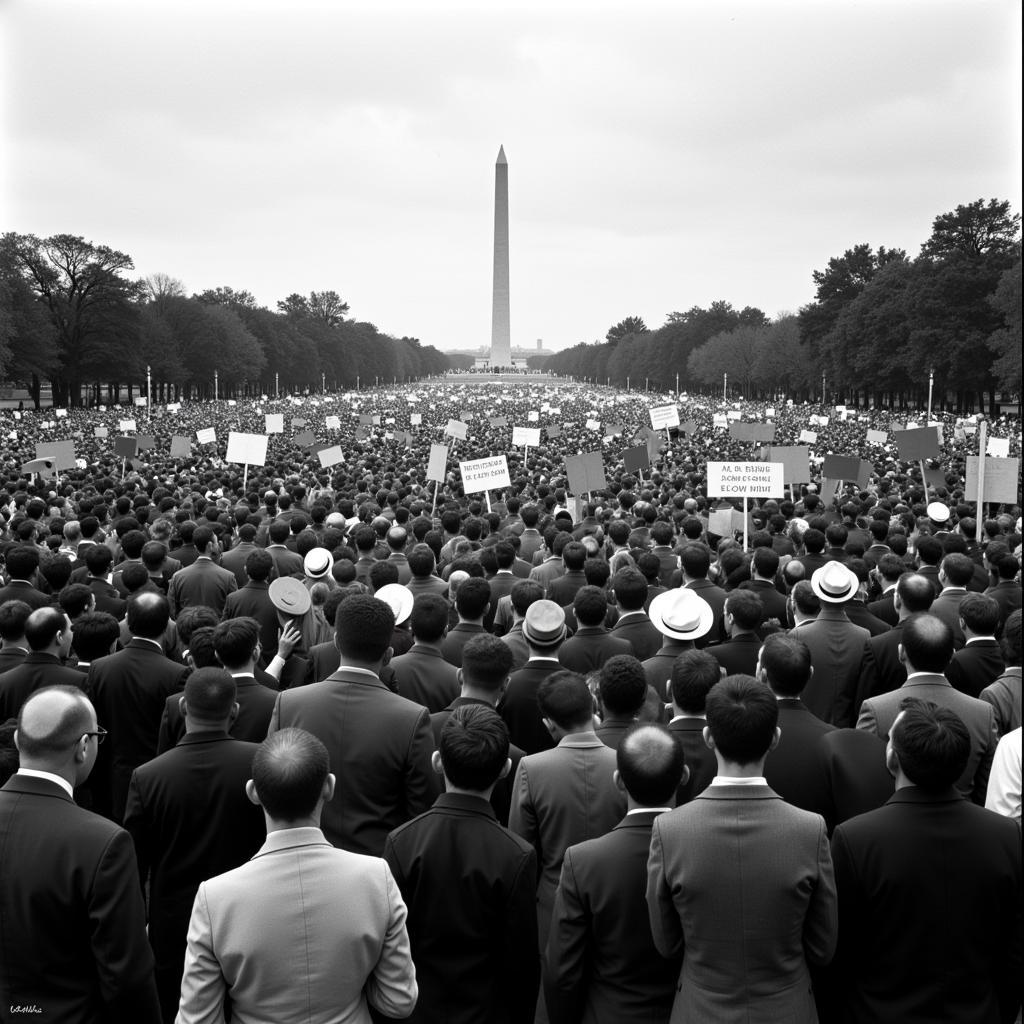Unveiling the Past: Your Guide to an African American History Course Syllabus
Delving into an African American history course is a journey through time, exploring the rich tapestry of resilience, struggle, and triumph that defines the African American experience. Whether you’re a seasoned scholar or new to the subject, understanding the structure and key themes of an “African American History Course Syllabus” is vital to unlocking the profound narratives woven throughout the African American past.
What You Can Expect: Deconstructing the African American History Course Syllabus
A typical African American history course syllabus is meticulously crafted to guide you through a chronological exploration of pivotal events, influential figures, and enduring legacies. While specific topics may vary, here’s a glimpse into the core components and themes you’re likely to encounter:
From Africa to the Americas: Tracing the Roots
The syllabus often begins with an exploration of pre-colonial Africa, challenging the misconception of a continent devoid of history before European contact. You’ll learn about the diverse empires, kingdoms, and social structures that existed, providing a crucial context for understanding the transatlantic slave trade’s impact.
 Map of the Transatlantic Slave Trade
Map of the Transatlantic Slave Trade
The Middle Passage and the Antebellum South
This section delves into the horrors of the Middle Passage, the transatlantic journey that brought enslaved Africans to the Americas. You’ll explore the development of slavery in the American colonies, the brutal realities of plantation life, and the enduring resistance of enslaved people who fought for their freedom and humanity.
The Fight for Freedom: Abolition and the Civil War
The syllabus will guide you through the tumultuous period leading up to the Civil War. You’ll learn about the abolitionist movement, the Underground Railroad, and the escalating tensions between the North and South that ultimately led to the nation’s deadliest conflict.
 Map of the Underground Railroad Network
Map of the Underground Railroad Network
Reconstruction and the Rise of Jim Crow
Following the Civil War, the syllabus examines the Reconstruction era, a period marked by both progress and setbacks. You’ll study the promises and failures of Reconstruction, the rise of Jim Crow segregation laws, and the persistent struggle for civil rights in the face of systemic racism.
The Civil Rights Movement and Beyond
This section delves into the modern Civil Rights Movement, exploring the nonviolent protests, legal battles, and sacrifices that led to landmark legislation dismantling segregation. You’ll learn about iconic figures like Martin Luther King Jr., Malcolm X, and Rosa Parks, and their enduring impact on the fight for equality.
 Photograph of the March on Washington for Jobs and Freedom
Photograph of the March on Washington for Jobs and Freedom
Contemporary Issues and the Ongoing Quest for Justice
Finally, the syllabus may address contemporary issues facing African Americans, such as mass incarceration, police brutality, and the ongoing fight for social and economic justice. You’ll explore the intersectionality of race, class, and gender, gaining a nuanced understanding of the complexities and continuities of the African American experience.
Conclusion: Embracing the Power of African American History
An African American history course syllabus is more than just a list of topics; it’s a roadmap to understanding the multifaceted history that has shaped the present. By engaging with the themes and stories embedded within the syllabus, you’ll gain a deeper appreciation for the resilience, creativity, and enduring legacy of African Americans.

